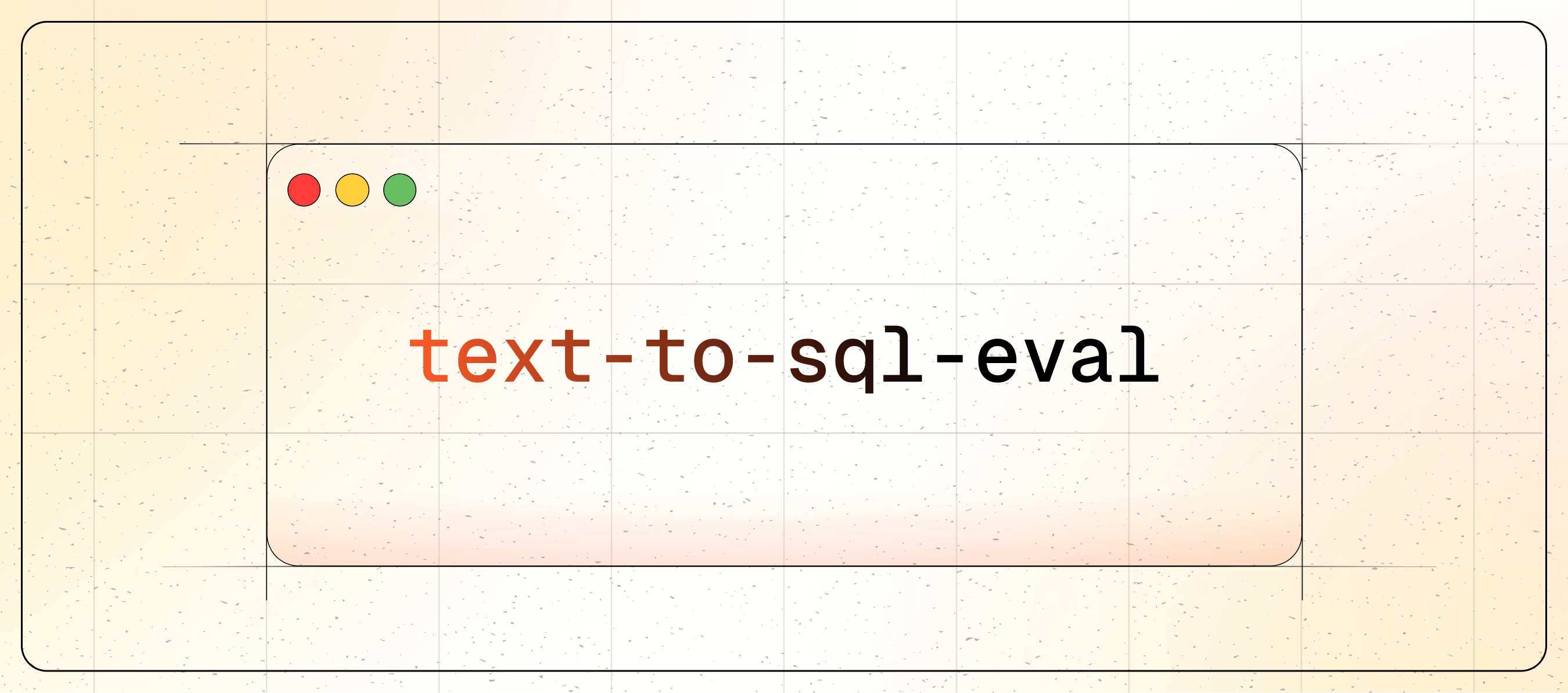- Pondhouse Data OG - We know data & AI
- Posts
- Pondhouse Data AI - Tips & Tutorials for Data & AI 35
Pondhouse Data AI - Tips & Tutorials for Data & AI 35
AI Agents in Microsoft Office | Design-to-Code with Figma MCP | Open Text-2-SQL Benchmark | Generative AI Learning Hub

Hey there,
This week’s edition dives into how AI is becoming more agentic — from Microsoft’s Office Agents and Figma’s design-to-code bridge to open-source tools that make AI workflows measurable and practical. We’re also highlighting a standout generative AI learning guide and a clever SQL evaluation suite for developers.
Plenty of fresh ideas and experiments to explore — enjoy the read!
Cheers, Andreas & Sascha
In today's edition:
📚 Tutorial of the Week: The Awesome Generative AI Guide — a curated hub for learning, papers and hands-on resources
🛠️ Tool Spotlight: text-to-sql-eval — open-source benchmarking for LLM-generated SQL
📰 Top News: Microsoft’s ‘Vibe Working’ brings Agent Mode to Excel and Word
💡 Tips: Figma + Cursor — turn designs into code with MCP integration
Let's get started!
Tutorial of the week
“Awesome Generative AI Guide” — Your One-Stop Learning Hub
If you’ve ever felt the overwhelm of navigating the fast-moving generative AI space, “awesome-generative-ai-guide” is a repository that aims to tame that chaos.
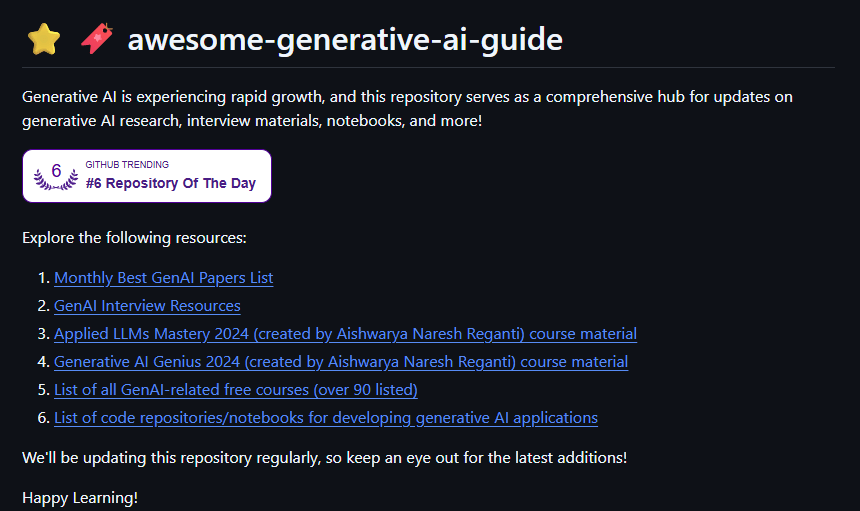
Here’s what makes it a standout:
A curated collection of resources: monthly best papers, interview prep, code notebooks, free course lists, and more.
Includes the Generative AI Genius 2024 mini-course — short daily lessons (2–5 minutes) plus hands-on project resources.
A living guide, updated regularly with new roadmap content, deep dives, and community contributions.
Why it matters:
This repo is ideal whether you’re just getting started or already building AI models. It consolidates high-quality content from across the web into one organized, evolving hub — no more scattered bookmarks or endless searches.
Tool of the week
‘text-to-SQL-eval’ — benchmark your LLM → SQL translations
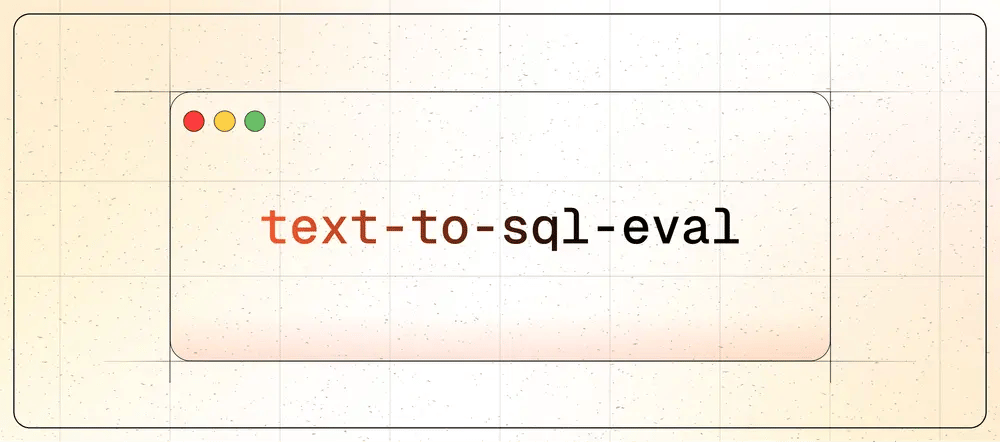
TigerData recently released text-to-sql-eval, an open-source evaluation suite built for PostgreSQL that helps you measure, debug, and improve the accuracy of LLM-generated SQL.
Allows granular testing across schemas, prompting strategies, and model variants.
Powers internal benchmarking, regression tracking, and schema-specific diagnostics at TigerData.
Ships with code, documentation, and examples, plus a companion LLM-assisted question generator.
Why it matters:
As more systems rely on translating natural language into database queries, it’s not enough to generate SQL — you need reliable ways to evaluate correctness, edge cases, and schema alignment. This tool helps bridge the gap from experimental to production-grade.
Top News of the week
Microsoft introduces “Vibe Working” and the Office Agent in Copilot
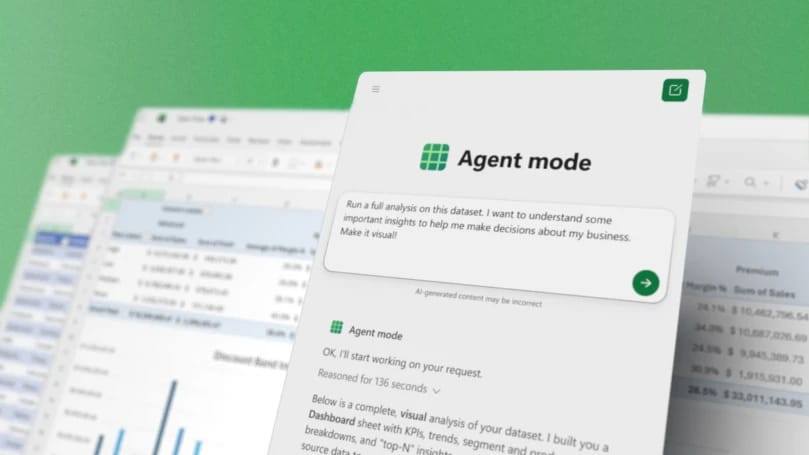
Microsoft unveiled Vibe Working, a new way of collaborating with AI inside Office apps. The update brings Agent Mode to Excel and Word, letting users hand off multi-step tasks — from data analysis to document editing — directly to Copilot. The AI plans, executes, and iterates within native Office workflows, aiming for more fluid collaboration between humans and agents.
The new Office Agent, powered by Anthropic models, extends this into chat: it can research, structure, and draft complete Word documents or PowerPoint decks from a single prompt. Together, these features mark a shift from assistance to true agentic collaboration — where users delegate outcomes, not just commands.
Currently available through Microsoft’s Frontier program for Copilot users, Agent Mode launches first on the web versions of Excel and Word, with broader rollout expected soon.
Also in the news
OpenAI launches ready-to-use Prompt Packs
OpenAI introduced Prompt Packs, offering curated prompts for roles like HR, marketing, and development. Each pack bundles tested examples to help users get strong results without prompt-engineering know-how — a step toward making AI more practical for everyday workflows.
Microsoft unveils its Agent Framework in public preview
Microsoft launched the Agent Framework, a unified SDK and runtime for building, orchestrating, and governing multi-agent AI systems across Python and .NET. It merges innovations from AutoGen and the enterprise-ready foundations of Semantic Kernel to offer built-in observability, compliance tools, and protocol interoperability (MCP, A2A, OpenAPI). The framework also connects natively with Azure AI Foundry, enabling developers to prototype locally and scale to cloud deployments with governance and durability.
Chrome DevTools opens its “eyes” to AI agents with MCP
The team behind Chrome just launched a public preview of Chrome DevTools MCP — a server that bridges DevTools with AI coding assistants so they can inspect, debug, and analyze live browser sessions. This gives agents access to real runtime context: network traces, console logs, layout issues, and performance metrics. It’s a step toward agents not only writing code, but verifying and refining it inside your browser.
Tip of the week
Figma’s MCP Brings Real Design Context to AI Coding Tools
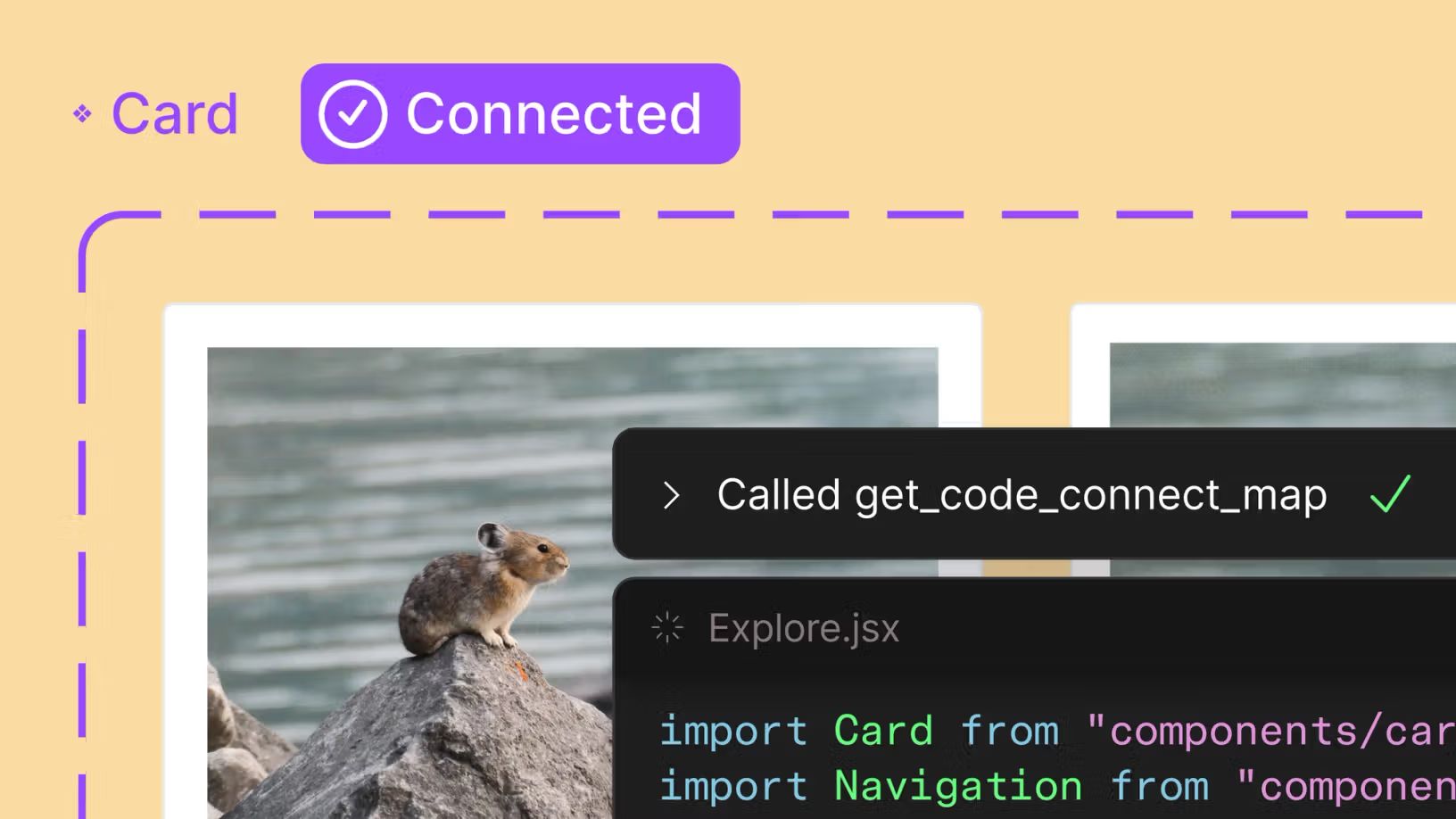
Design-to-code gets real with Figma’s new MCP (Model Context Protocol) and its integration with Cursor AI. The feature lets development tools access a Figma file’s actual design structure — including components, tokens, and layout metadata — instead of static exports. This allows Cursor to interpret designs directly and generate production-ready UI code. (Figma blog)
Here’s how it works:
Open your project in Figma and enable the MCP server from the MCP Catalog.
Add the MCP connection inside Cursor under Settings → MCP.
In Cursor’s chat, paste a Figma link and ask it to “implement this design.”
The system retrieves live design context and returns structured, component-based code — no manual redlines required.
A short demo of the workflow is available in Cursor’s official X post.
Why it matters:
This bridge removes the friction between designers and developers, turning visual designs into consistent, code-ready components while preserving design-system structure. It’s a big step toward prompt-driven UI building — where design and code finally speak the same language.
We hope you liked our newsletter and you stay tuned for the next edition. If you need help with your AI tasks and implementations - let us know. We are happy to help
